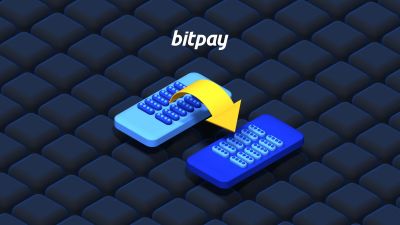
Celebrity traders on Twitter frequently cite negative funding rates as a Bitcoin buy signal, but does data support this point of view?
Perpetual contracts, also known as inverse swaps, have an embedded rate usually charged every eight hours. This fee ensures there are no exchange risk imbalances.
Even though buyers’ and sellers’ open interest is matched at all times, leverage can vary, and when buyers (longs) are demanding more leverage, the funding rate turns positive. Thus, they are the ones paying the fees to the sellers (shorts).
However, the opposite situation occurs when shorts require additional leverage, and this causes the funding rate to turn negative.

The Bitcoin (BTC) futures funding rate has been negative since May 18 (37 days), and this situation indicates buyers’ lack of appetite for leverage longs.
Historically, this indicator shifts between 0% and 2% per week, although it might sustain higher levels for months during bull runs. On the other hand, a negative funding rate enduring more than a couple of days used to be uncommon.
However, 2020 provided a different picture as Bitcoin faced an extreme price correction in mid-March, taking 60 days to retake the $9,300 support. Another nosedive took place in early September as the price stalled from $12,000, and it would only recover after 50 days later.

Take notice of how the weekly funding rate for March to November 2020 was mostly negative, indicating that sellers (shorts) were demanding more leverage. The current situation resembled these periods in 2020, and some investors correlate a negative funding rate with buying opportunities.
Related: Data shows derivatives had little to do with Bitcoin’s drop to $29K
Ki-Young Ju, the CEO of on-chain analytics resource CryptoQuant, has shown how historically, a low funding rate “could be a buy signal.”
In this spot-driven & up-only market, a low funding rate could be a buy signal.
It seems not a good idea to wait for a correction when institutions buying $BTC.
Chart https://t.co/yzjLW3MUFD pic.twitter.com/IwolH6kz0c
— Ki Young Ju 주기영 (@ki_young_ju) January 3, 2021
However, this analysis framed almost exclusively a massive bull run where Bitcoin price soared from $11,000 to $34,300. Furthermore, at what point should one open a position if a negative funding rate can last for 60 days?
Cointelegraph previously showed how combining the funding rate indicator with the futures basis rate provides a better analysis of how professional traders are positioned. The annualized basis is measured by the price gap between fixed-month futures and regular spot markets.

As depicted above, calling the bottom on the basis indicator right now could be premature because it has been bouncing near 0% since June 18.
Right now, it is impossible to estimate the timing or trigger that will cause buyers to gain confidence and finally bring the futures market premium back to 10%.
For traders trying to ‘catch the falling knife,’ a better strategy could be adding 25% of the long position now and scale bids every $2,000 below the $30,000 resistance.
The views and opinions expressed here are solely those of the author and do not necessarily reflect the views of Cointelegraph. Every investment and trading move involves risk. You should conduct your own research when making a decision.
Go to Source
Author: Marcel Pechman




